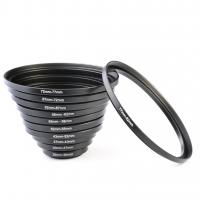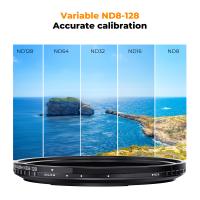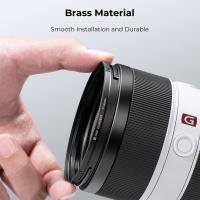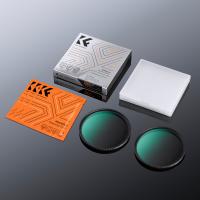How To Wire A Reverse Camcorder ?
To wire a reverse camcorder, you will need to connect the camera to a power source and the display unit. The camera should be wired to the reverse light circuit of your vehicle, so that it turns on automatically when you shift into reverse. The power and ground wires of the camera should be connected to the corresponding wires of the vehicle's reverse light.
Next, you will need to connect the camera to the display unit. This can be done using a video cable. The camera's video output should be connected to the video input of the display unit. Make sure to match the correct video input on the display unit.
Once the wiring is complete, test the system by shifting into reverse. The camera should turn on and the video feed should be displayed on the screen. Adjust the camera angle if needed for optimal visibility.
1、 Understanding the basics of reverse camcorder wiring
Understanding the basics of reverse camcorder wiring is essential for anyone looking to install a reverse camera in their vehicle. The process involves connecting the camera to the vehicle's electrical system, allowing the driver to have a clear view of what's behind them while reversing. Here is a step-by-step guide on how to wire a reverse camcorder:
1. Choose the location: Start by selecting the ideal location for mounting the camera. It should provide a clear view of the rear and be protected from damage.
2. Disconnect the battery: Before starting any electrical work, disconnect the vehicle's battery to avoid any potential short circuits or electrical shocks.
3. Locate the reverse light wire: Find the wire that connects to the reverse light on the vehicle. This wire will provide power to the camera when the vehicle is in reverse.
4. Connect the power wire: Connect the power wire from the camera to the reverse light wire. This can be done by stripping a small section of the power wire and wrapping it around the reverse light wire, then securing it with electrical tape or soldering it for a more secure connection.
5. Ground the camera: Locate a suitable grounding point near the camera and connect the camera's ground wire to it. This will ensure a stable electrical connection.
6. Connect the video cable: Run the video cable from the camera to the display unit, which is usually the car's dashboard. Connect the video cable to the appropriate input on the display unit.
7. Reconnect the battery: Once all the connections are secure, reconnect the vehicle's battery and test the reverse camera system.
It's important to note that the specific steps may vary depending on the make and model of the vehicle and the reverse camera being installed. Therefore, it's always recommended to consult the user manual or seek professional assistance if needed.
In recent years, there have been advancements in reverse camera technology, such as wireless camera systems. These systems eliminate the need for running video cables through the vehicle, simplifying the installation process. Additionally, some cameras now come with built-in sensors and advanced features like night vision, wide-angle lenses, and even integration with smartphone apps for added convenience and safety.
Understanding the basics of reverse camcorder wiring is crucial for a successful installation. By following the steps outlined above and staying up to date with the latest advancements in reverse camera technology, drivers can enhance their safety and have a clearer view of their surroundings while reversing.

2、 Identifying the necessary cables and connectors for reverse camcorder
To wire a reverse camcorder, you will need to identify the necessary cables and connectors. The specific cables and connectors required may vary depending on the make and model of the camcorder, as well as the vehicle you are installing it in. However, there are some general guidelines that can help you with the wiring process.
Firstly, you will need a video cable to connect the camcorder to the display unit in your vehicle. This cable is typically an RCA cable with a yellow connector on each end. One end of the cable will connect to the video output port on the camcorder, while the other end will connect to the video input port on the display unit.
Next, you will need a power cable to provide power to the camcorder. This cable is usually a red and black wire with a connector that can be plugged into the vehicle's power source. It is important to ensure that the power cable is properly connected to a fuse or circuit breaker to protect the camcorder from power surges.
Additionally, you may need an audio cable if your camcorder has audio recording capabilities. This cable is typically a red and white RCA cable, with the red connector for the right audio channel and the white connector for the left audio channel. The audio cable will connect the audio output port on the camcorder to the audio input port on the display unit.
It is important to carefully read the instruction manual provided with your specific camcorder to ensure that you are using the correct cables and connectors for your particular model. Additionally, it is recommended to consult a professional or seek assistance from a knowledgeable individual if you are unsure about the wiring process.
In recent years, wireless reverse camcorders have become increasingly popular. These systems eliminate the need for physical cables and connectors, as the video and audio signals are transmitted wirelessly to the display unit. Wireless reverse camcorders offer greater flexibility in terms of installation and can be a convenient option for those who prefer a simpler wiring process.
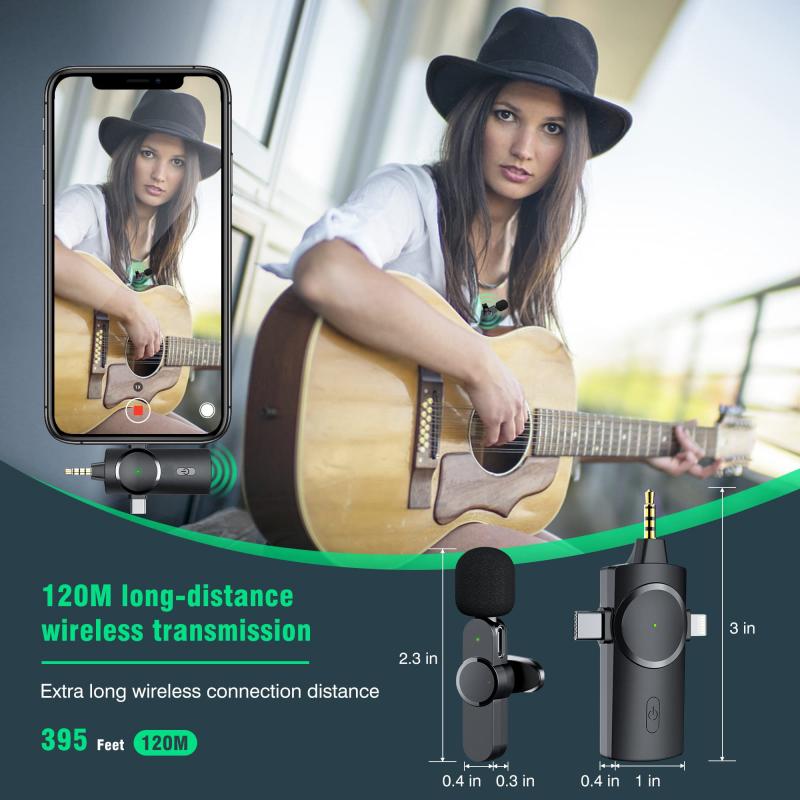
3、 Properly connecting the reverse camcorder to power source and display
To properly wire a reverse camcorder, you will need to connect it to a power source and a display. Here is a step-by-step guide on how to do it:
1. Determine the power source: The reverse camcorder will require a power source to function. You can either connect it to the vehicle's electrical system or use a separate power source such as a battery pack. Make sure to choose a power source that is compatible with the camcorder's voltage requirements.
2. Connect the power cables: Once you have determined the power source, you will need to connect the power cables. The camcorder will typically have a red wire for positive (+) and a black wire for negative (-). Connect the red wire to the positive terminal of the power source and the black wire to the negative terminal.
3. Mount the camcorder: Find a suitable location to mount the camcorder on the rear of the vehicle. Ensure that it has a clear view of the area you want to monitor. Use the provided mounting brackets or adhesive to securely attach the camcorder.
4. Connect the display: The camcorder will need to be connected to a display for you to view the footage. This can be a dedicated monitor or the existing display in your vehicle, such as the infotainment system or a rearview mirror with a built-in screen. Follow the manufacturer's instructions to properly connect the camcorder to the display.
5. Test the setup: Once everything is connected, turn on the power source and check if the camcorder is receiving power. If it is, the display should show the live footage from the camcorder. Adjust the settings as needed to ensure optimal viewing.
It is important to note that the specific steps may vary depending on the make and model of the reverse camcorder and the display you are using. Always refer to the manufacturer's instructions for detailed guidance.
In recent years, there have been advancements in reverse camcorder technology. Some newer models offer wireless connectivity, eliminating the need for physical cable connections between the camcorder and the display. These wireless systems use Wi-Fi or Bluetooth to transmit the video signal, providing more flexibility in installation and reducing the risk of cable damage. Additionally, some reverse camcorders now come with built-in GPS and advanced features like motion detection and night vision, enhancing the overall functionality and safety of the system.
Overall, properly wiring a reverse camcorder involves connecting it to a power source and display, ensuring a secure and reliable connection. Following the manufacturer's instructions and staying up to date with the latest advancements in technology will help you achieve the best results.
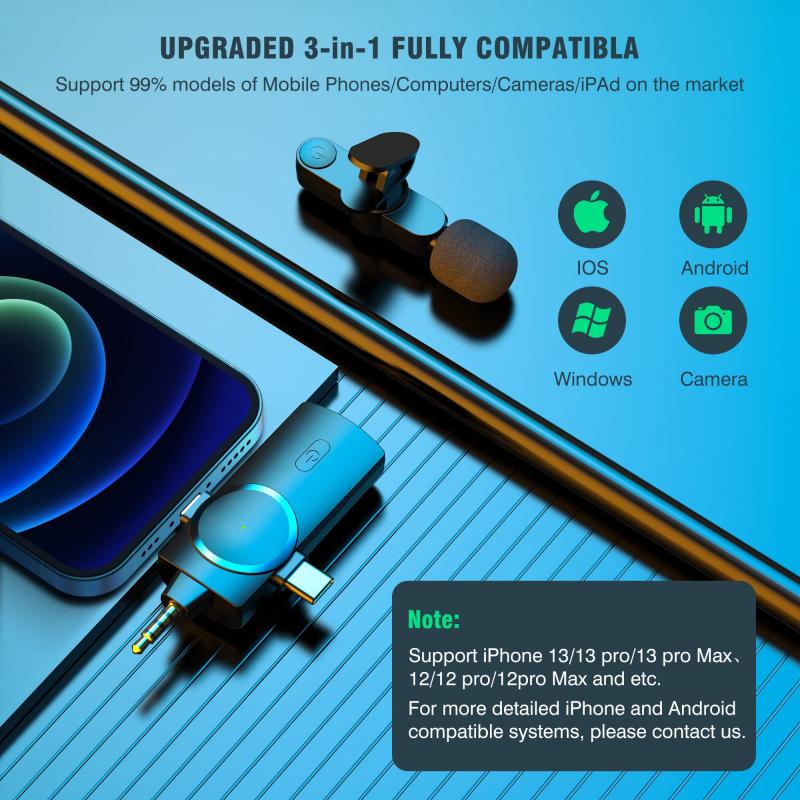
4、 Ensuring correct wiring for video transmission in reverse camcorder
Ensuring correct wiring for video transmission in a reverse camcorder is crucial to ensure optimal performance and functionality. Here is a step-by-step guide on how to wire a reverse camcorder:
1. Identify the necessary components: You will need a reverse camcorder, a power source, video cables, and an appropriate display device (such as a monitor or a compatible car stereo system).
2. Locate the power source: Determine where you will be drawing power from. This can be the car's battery or a separate power supply. Ensure that the power source is capable of providing the necessary voltage and current for the camcorder.
3. Connect the power cables: Connect the positive and negative power cables from the camcorder to the power source. Use appropriate connectors and ensure a secure connection.
4. Connect the video cables: Connect the video output of the camcorder to the video input of the display device. Use high-quality video cables to ensure a stable and clear video transmission.
5. Test the connection: Power on the camcorder and the display device. Check if the video is being transmitted correctly. Adjust the settings on both devices if necessary.
6. Secure the wiring: Once you have confirmed that the video transmission is working correctly, secure the wiring to prevent any loose connections or interference.
It is important to note that the specific wiring requirements may vary depending on the make and model of the reverse camcorder. Always refer to the manufacturer's instructions and guidelines for the most accurate and up-to-date information.
Additionally, with advancements in technology, wireless reverse camcorders are becoming increasingly popular. These eliminate the need for physical video cables and simplify the installation process. However, it is still important to ensure proper power supply and connection between the camcorder and the display device.
In conclusion, correctly wiring a reverse camcorder involves identifying the necessary components, connecting the power and video cables, testing the connection, and securing the wiring. Following the manufacturer's instructions and guidelines is crucial for a successful installation.
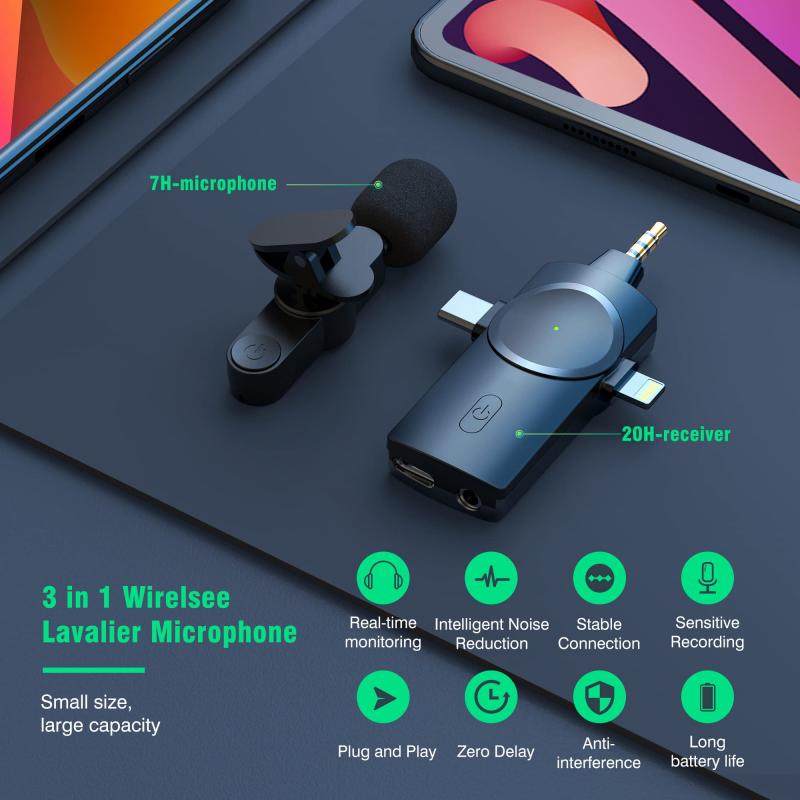



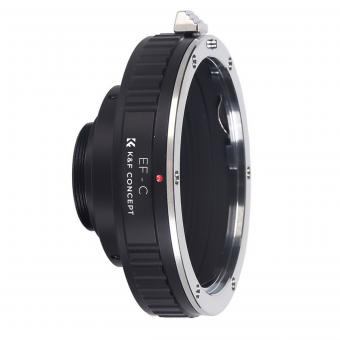
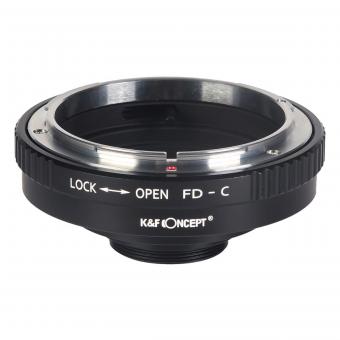
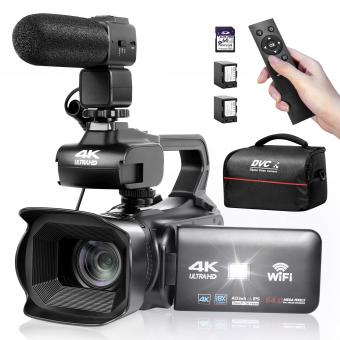
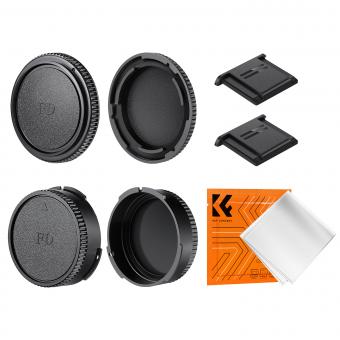
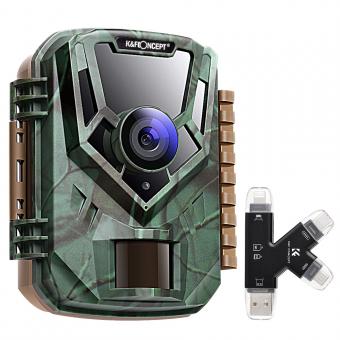

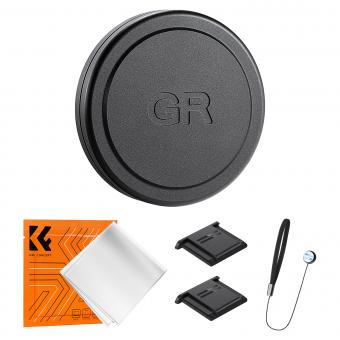
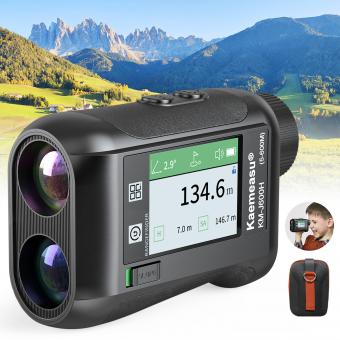






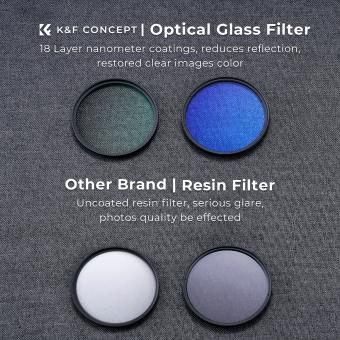
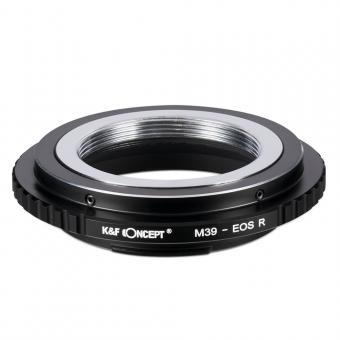

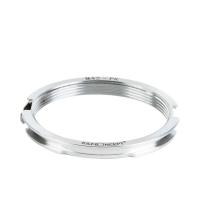
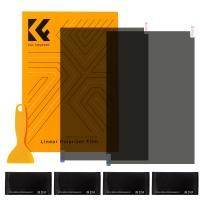


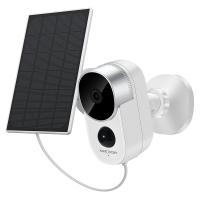
![Supfoto Osmo Action 3 Screen Protector for DJI Osmo Action 3 Accessories, 9H Tempered Glass Film Screen Cover Protector + Lens Protector for DJI Osmo 3 Dual Screen [6pcs] Supfoto Osmo Action 3 Screen Protector for DJI Osmo Action 3 Accessories, 9H Tempered Glass Film Screen Cover Protector + Lens Protector for DJI Osmo 3 Dual Screen [6pcs]](https://img.kentfaith.de/cache/catalog/products/de/GW41.0076/GW41.0076-1-200x200.jpg)



